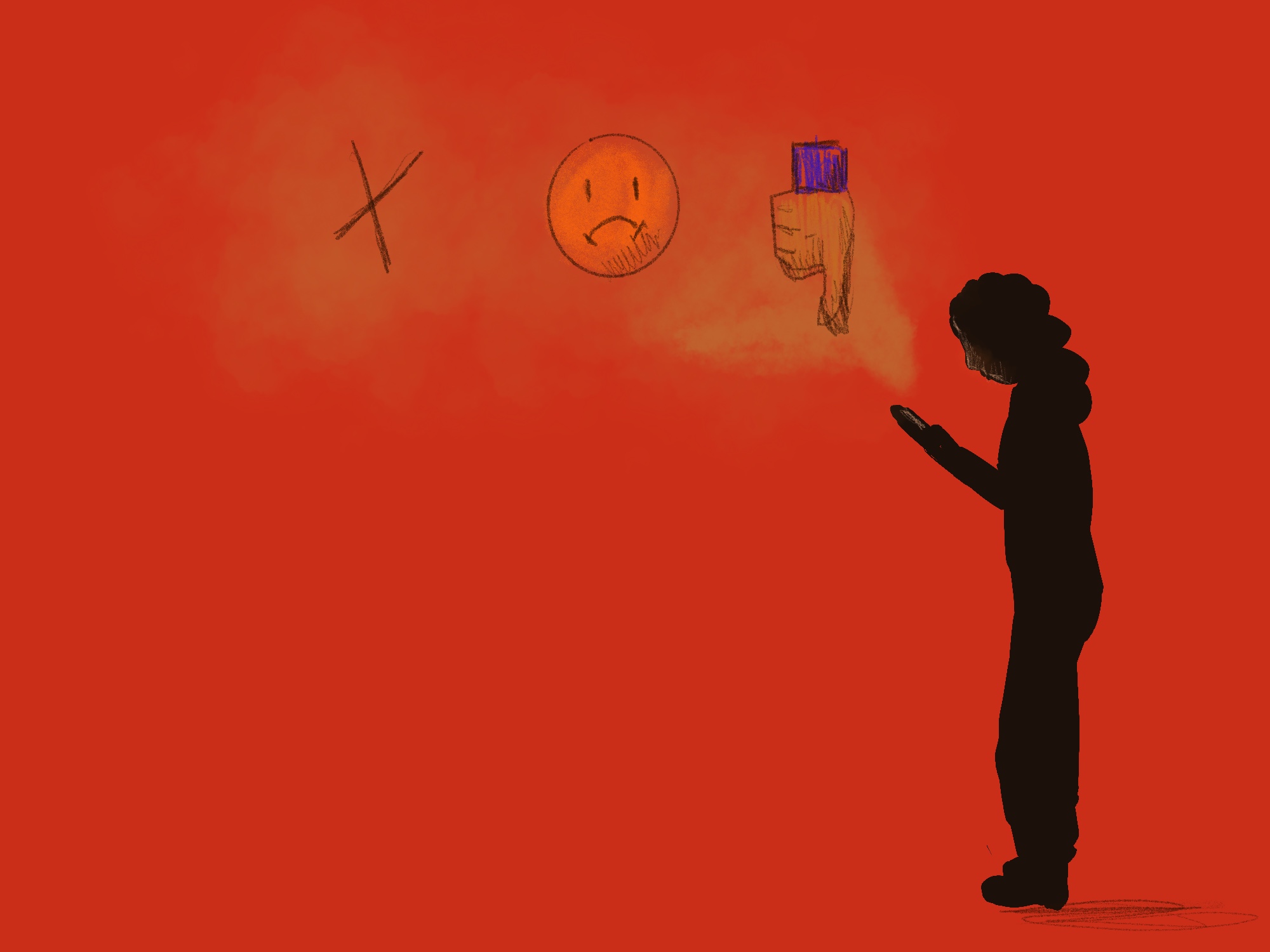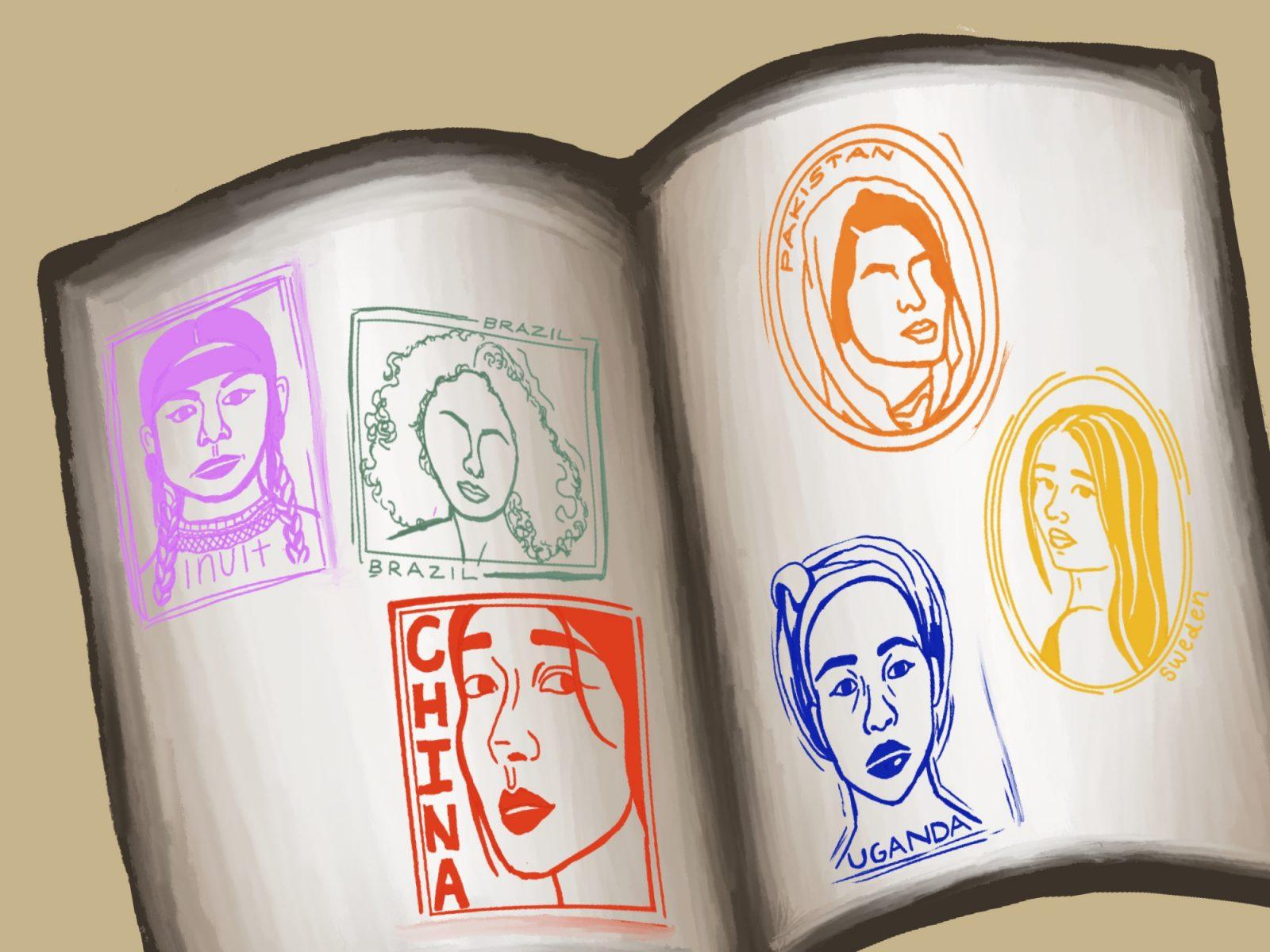The “it” food trend of summer 2024 was undoubtedly the cucumber salad made famous by TikTok influencer Logan Moffitt. The internet found Moffitt’s recipe charmingly effortless — thinly sliced cucumbers with a handful of favored ingredients and vigorously shaken to mix.
But within all of his different recipes, one key ingredient never went unused.
‘MSG, obviously,’ as Moffitt often quips.

As Moffitt’s videos gained millions of views, the comments section quickly became a hotbed of discussion, not about the salad itself, but about MSG. Questions such as ‘What is MSG?’ or ‘Is it safe?’ have arisen. Many commenters chimed in with mixed responses, with some warning others of its “unhealthy” effects.
However, MSG’s bad reputation is far from new. It dates back to the 1960s and remains a widely misunderstood topic in the United States.
Monosodium glutamate, or MSG for short, was discovered by Japanese chemist Kikunae Ikeda in 1907. Ikeda coined MSG as a salt form of the amino acid glutamate, which can be found naturally occurring in animal and plant proteins. Widely used in Asian cuisine in its isolated form, MSG seasoning is valued for its ability to enhance the flavor of umami, a savory flavor.
In 1968, the New England Journal of Medicine ignited what would be the first of a cascade of misconceptions surrounding MSG. In a letter headed “Chinese-Restaurant Syndrome,” Robert Ho Man Kwok of the National Biomedical Research Foundation recounted his negative experiences dining at Chinese restaurants, describing symptoms like numbness and weakness that he speculated were linked to MSG.
The letter appeared damning, but Robert Ho Man Kwok wasn’t a real person. It was an alias used by Howard Steel, an orthopedic surgeon at Shriners Hospital and professor at Temple University. Steel had fabricated the letter as part of a bet with a fellow doctor to see if he could be published in the NEJM.
What began as a prank in a journal that had a tradition of “comic syndrome letters” spiraled out of control as media outlets took the letter seriously. The fabricated letter served to stroke the flames of xenophobia that already ran rampant in the United States.
Anti-Asian and anti-Chinese sentiment has been pervasive since the mid-19th century. The Chinese Exclusion Act was passed in 1882 to restrict Chinese immigration following the influx of Chinese immigrants during the California Gold Rush of 1849.
Many believed that Chinese laborers were overtaking the job market, as they were willing to accept lower wages than their non-Chinese counterparts, and some Americans also expressed questionable concerns about maintaining racial composition.
MSG consumption in the 1960s soared as a result of the Immigration and Nationality Act of 1965. Chinese immigrants poured into the United States once more and established numerous Chinese restaurants. Following the publication of the “Chinese-Restaurant Syndrome” letter, companies began to label MSG as “toxic” and unsafe to eat.
The FDA did not remove MSG from the list, but several large corporations such as Heinz discontinued the use of MSG in their products due to public outcry. Today, most scientific research available has proved MSG as safe for consumption. However, the stigma surrounding MSG and Chinese cuisine lingers.
In 2019, infamous New York City restaurant Lucky Lee’s built its brand around serving “clean” Chinese food. Owner Arielle Haspel, a white woman, took to social media to advertise that her dishes, unlike traditional Chinese cuisine, would not make consumers feel “bloated and icky.” Justifiably, backlash about cultural insensitivity emerged and Haspel shut down the restaurant after just a short eight months.
The xenophobic and racist nature of this myth remains evidently perpetuated in modern media and public discourse — and it’s not just MSG. Many foods of marginalized cultures are dismissed purely out of unfamiliarity. Such attitudes prove the need for cultural awareness and media literacy.
Implicit racial biases have no place at the table, especially when enjoying delicious food.
























































































































